In a world full of curses (some disguised as emails), toxic vibes, and chaotic commutes, humans have always turned to the unseen for safety. From ancient tombs to modern tattoos, protection symbols have whispered promises of safety through stone, ink, and silver. This isn’t just history—it’s survival, stylized.
Whether you’re dodging bad energy, nightmares, or your neighbor’s weird aura, these ancient symbols of protection are more than aesthetic—they’re time-tested shields for body and soul.
The Ankh: Life’s Locked Door
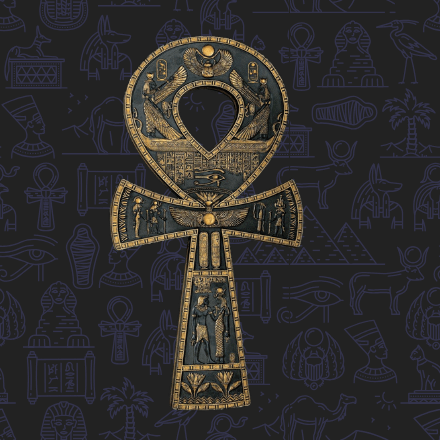
Ancient Egyptians used the Ankh as a hieroglyphic symbol for eternal life. They often depicted it in the hands of various gods and goddesses, including Isis, Osiris, and Horus. The Ankh is a cross-shaped symbol with a looped top that dates back to the Early Dynastic Period of Egyptian history, around 3000 BCE. Egyptians interpreted the looped top as the sun rising over the horizon and the vertical line as the Nile River, symbolizing the cycle of life, death, and rebirth.
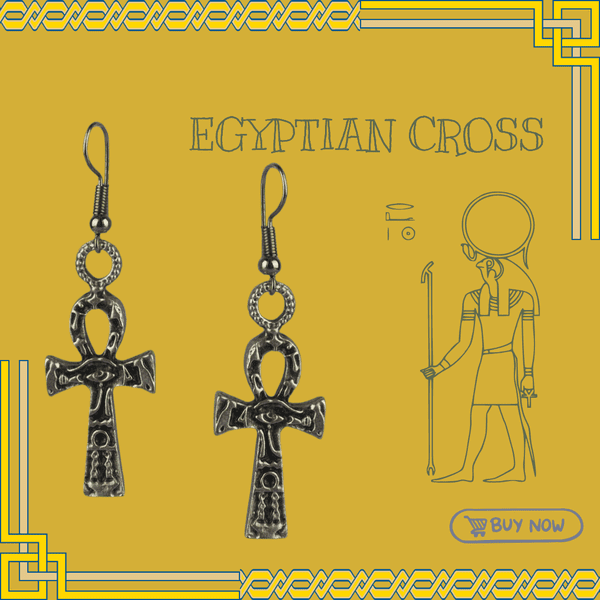
The Ankh was a powerful protective symbol in ancient times, believed to ward off evil spirits and protect the wearer from harm. It was frequently used as a protective amulet, worn as jewelry, or carried as a charm. Additionally, it was placed in tombs and burial chambers to ensure eternal life in the afterworld. Priests carried the Ankh during religious ceremonies and rituals to invoke the protection of the gods. Today, the Ankh continues to be a popular symbol of protection, and it is commonly used in modern-day spiritual practices, including Wicca and other forms of paganism.
You can use the Ankh symbol as a talisman that instills health and life force and protects the soul and body from all kinds of negativity. The most effective method is to wear it with a piece of jewelry.
The Algız Rune: The Norse No-Entry Sign
The Algiz rune, or Elhaz, is an ancient runic symbol that the Norse and other Germanic peoples employed. The representation of this rune consists of a vertical line from which two diagonal lines branch outwards at the top.
People commonly linked the Algiz rune with protection, specifically shielding from harm or danger. They believed it offered spiritual and physical protection from enemies and other threats. Warriors often used it before stepping into battle, and travelers used it to seek safe passage.
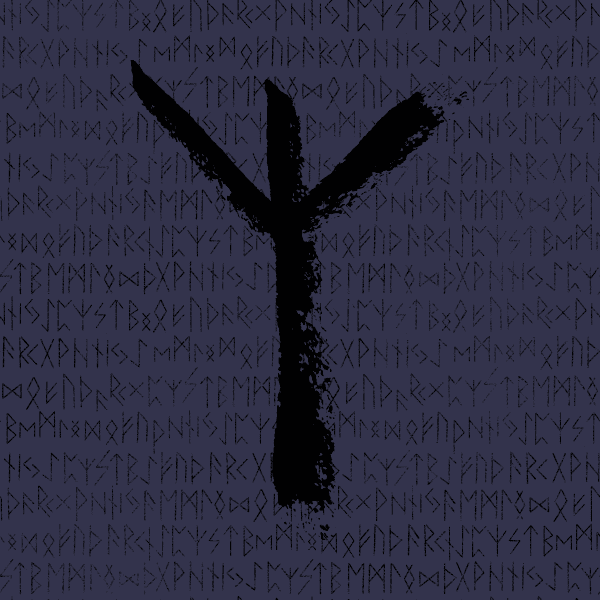
Beyond its protective properties, people viewed the Algiz rune as a symbol of higher consciousness and spiritual awakening. They associated it with the Norse god Heimdallr, famous for his keen senses and future-seeing ability. Nowadays, some modern spiritual and magical practices continue to use the Algiz rune as a protective symbol.
Warriors etched it onto their blades. Travelers painted it on doors. Today? Try wearing it as an Algiz rune pendant or scratching it discreetly on your doorway (chalk works just fine if blood’s not your thing).
The Pentagram: Star of Shields
The pentagram is a five-pointed star with its points connected by a continuous line. It is one of the most ancient and powerful symbols in human history, with a long and complex history across many cultures and belief systems.
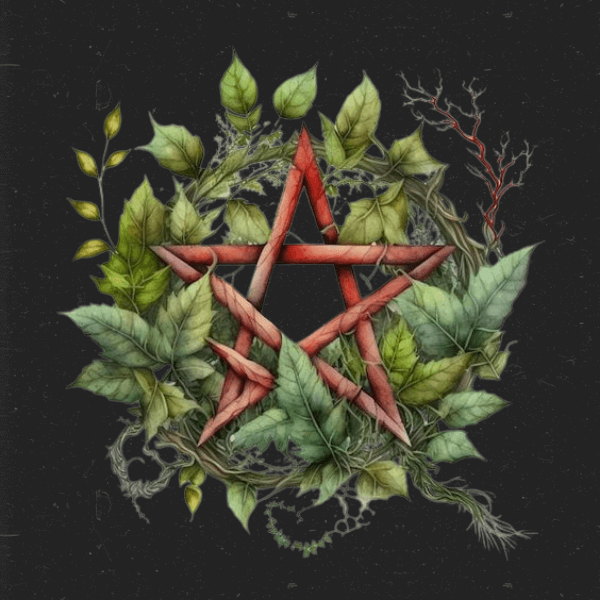
In modern Western culture, the pentagram is often associated with Wicca and other neo-pagan and occult practices. It has come to be seen as a symbol of protection and spiritual power, as well as a symbol of the interconnectedness of all things.
Depending on its context, the pentagram carries varied meanings. Some cultures see it as a representation of the elements: earth, air, fire, water, and spirit. Others view it as a symbol of the five wounds of Christ or the human body’s five senses. In Wicca and other neo-pagan practices, the pentagram often stands as a goddess symbol, balancing masculine and feminine energies.
People see the pentagram as a protective symbol, believed to guard against negative energies. It can protect the one who wears it or uses it from harm. You’ll frequently find it in talismans or amulets, and it plays a significant role in protection, healing, and empowerment rituals or spells.
Wiccans consider it sacred. Alchemists used it for balance. Some medieval knights carved it into shields. Want in? A pentagram pendant especially close to the heart—is a good start.
The Triquetra: Celtic Knot That Knows Things
Originating from ancient times, the Triquetra, also known as the Trinity Knot or Celtic Knot, is a symbol that shows up in a variety of cultures and spiritual traditions. It carries a notable significance in Celtic and Norse mythology. This symbol is a complex knot, featuring three interconnected loops or triangles, often depicted as an endless knot.
Context alters the Triquetra’s meaning much like the pentagram. Celtic tradition frequently associates it with the goddess’s threefold nature, representing the maiden, mother, and crone. Additionally, it serves as a symbol of the interconnectedness of all existence and the cyclical pattern of life and death.
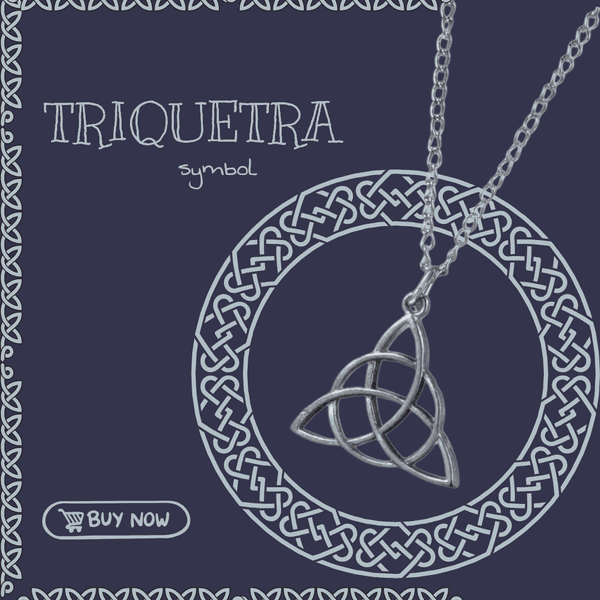
The Triquetra, as a protective symbol, supposedly provides spiritual and physical protection. People can wear it as a talisman or amulet, use it in protection and empowerment rituals or spells, or harness it as a symbol of spiritual unity and balance to amplify the power of these rituals or spells. The Triquetra’s intricate design and rich symbolism continue to render it a symbol of spiritual connection and protection, loaded with power and meaning.
When worn in Celtic shield knot, the Triquetra is not just beautiful—it’s spiritually bulletproof. A tattoo of it near pulse points (wrist, ankle, neck) is believed to channel energy flow and create spiritual armor.
Hamsa
The Hamsa, alternatively known as The Hand of Fatima, potentially traces its origins to the Middle East. Its prominence is particularly notable in Islamic and Jewish cultures. This hand-shaped symbol hosts an eye at its center and may include additional symbols such as stars, fish, or hearts at times.
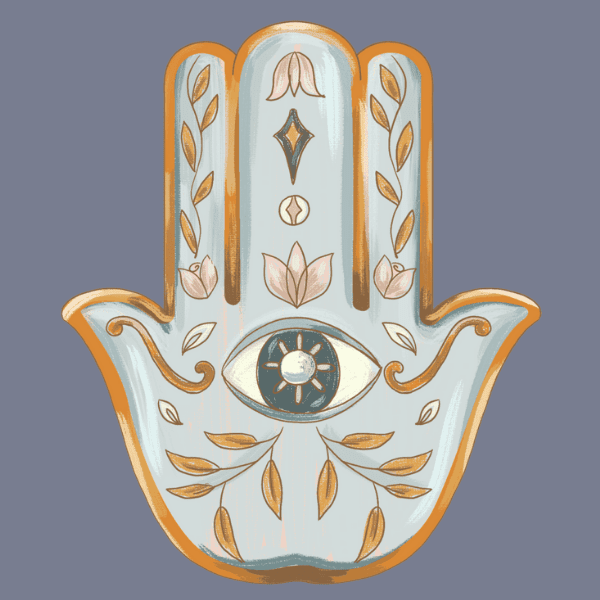
Referred to as the hand of God in some cultures, this symbol means “stop”. The single eye in the palm prevents negative energies from eyeing you. As a protective symbol, Hamsa offers spiritual protection against the “evil eye”. The eye in the center of the hand is said to protect the evil eye by watching over the wearer and deflecting negative energy.
The best use of the Hand of Fatima as a protective symbol is to put it on a wall in your home. You can wear it as a hand of Fatima pendant, or tattoo it on your shoulder—it watches so you don’t have to.
Eye of Horus
The eye of Horus or the eye of Ra is a symbol that has its origins in ancient Egyptian mythology. The symbol is a stylized eye, typically depicted in shades of blue or green and surrounded by a spiral or teardrop shape.
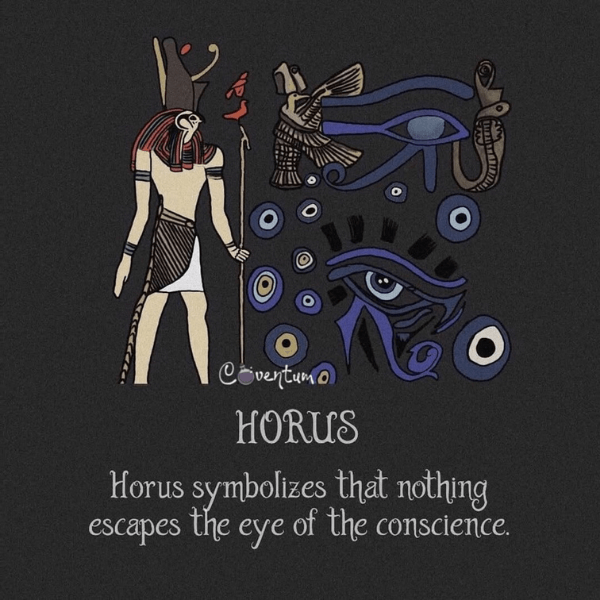
Ancient Egyptians held a strong belief in the protective powers of the Eye of Horus, commonly employing it in amulets and talismans to shield the wearer from evil. They also linked this symbol to healing, crediting Horus, the deity it represents, with the capacity to heal and restore sight.
Even today, many cultures continue to use the Eye of Horus as a protective symbol. They trust that it defends against negative energy and wards off the so-called “evil eye”.
Evil Eye
Speaking of the evil eye, it is not possible to mention its origin of it; the famous evil eye bead! We have published a detailed blog on the evil eye bead before, here. Let’s have a summary though. The evil eye symbol typically consists of a blue eye with a white or yellow center, often surrounded by a circle or other decorative shapes.
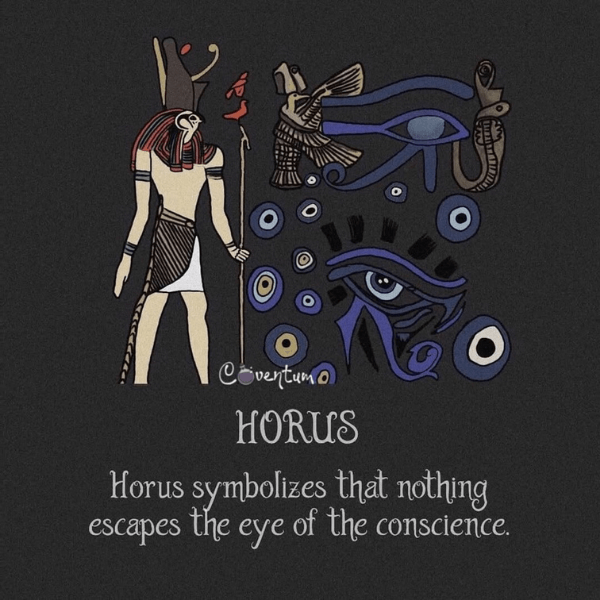
Many cultures worldwide, such as Mediterranean, Middle Eastern, and Latin American cultures, share a common belief in the evil eye. This belief holds that some individuals, with or without intent, can inflict harm or bad luck merely by casting an envious or malevolent gaze upon someone or something. To counteract this detrimental energy and ensure protection, people use the evil eye symbol. This symbol can adorn jewelry or serve as a talisman or amulet. Moreover, evil eye bead motifs have become a popular choice in nail art.
The Yggdrasil
Yggdrasil is a symbol from Norse mythology that represents the great tree that connects the nine worlds of Norse cosmology. It is an enormous ash tree that is said to support the entire universe and is often depicted with its roots and branches stretching out to connect the different worlds.
As a symbol, Yggdrasil represents the interconnectedness of all things and the cyclical nature of life and death. It is often seen as a symbol of spiritual growth, wisdom, and strength, as well as a symbol of protection and stability.
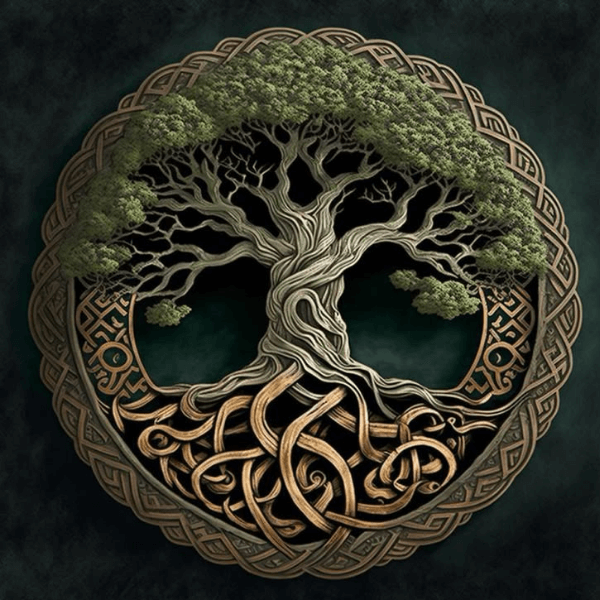
Norse mythology considers Yggdrasil as a protector of the nine worlds and a potent source of magic and knowledge. Consequently, modern neo-pagan and occult practices frequently adopt it as a protective symbol.
People often incorporate the Yggdrasil symbol in jewelry, artwork, and other decorative items. It also features prominently in tattoos and various body art forms.
Ancient Power, Modern Magic
Whether carved into stone, inked into skin, or hung delicately from your neck, these symbols aren’t just decorations—they’re statements. They say:
I know what haunts me. And I’ve chosen my shields.
Looking for a good protection tattoo? Go for a Triquetra on the wrist, an Eye of Horus between the shoulder blades, or a Pentagram on the inner forearm. Mix them, layer them, bless them with moonlight or intention—these symbols are as much about your belief as their shape. The real power lies not just in the symbol, but in what you make of it.

